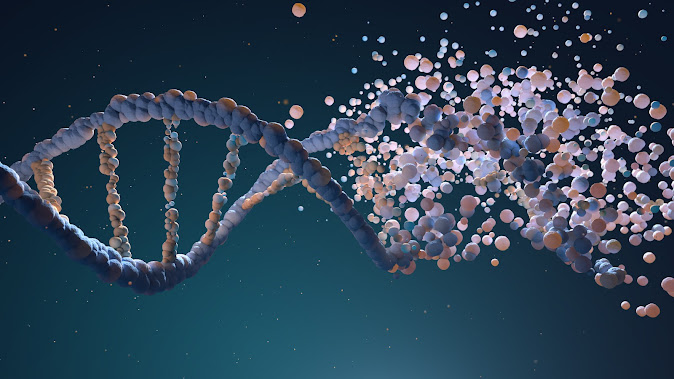Recombinant Protein and Therapeutics Development Introduction to Recombinant Proteins
 |
| Recombinant Protein |
Recombinant proteins have revolutionized the field of biomedicine and biotechnology. With the advent of recombinant DNA techniques in the 1970s, it became possible to genetically engineer organisms such as bacteria and yeast to synthesize medically useful human proteins that can be employed as therapeutics. These techniques have enabled large scale production of proteins that were previously difficult or impossible to obtain from their natural sources. This article discusses the promise of recombinant proteins in therapeutics development and some key applications.
Advantages of Recombinant Protein Production
Recombinant protein production offers several distinct advantages over traditional methods of protein isolation. Recombinant systems allow for limitless production of specific proteins of interest. Bacteria and yeast grow rapidly and can be cultivated industrially to produce grams or even kilograms of a single protein. In contrast, sourcing human proteins from their native tissue or biological fluids is difficult, expensive, and generally yields only tiny amounts of the desired molecule. Recombinant production also removes dependence on availability and sustainability of source material. Once an expression system is established, constant supply of a protein can be ensured regardless of donor availability. Quality assurance is also improved as purification can remove contaminating host cell proteins and standardize manufacturing for consistent product characteristics.
Therapeutic Applications of Recombinant Proteins
Recombinant Protein have revolutionized treatment of various genetic disorders, cancers, and infectious diseases. Insulin was one of the first successes - produced now recombinantly rather than sourced from pigs and cattle. Other examples include growth hormone to treat dwarfism, blood clotting factors for hemophilia, interferons for hepatitis and cancers, erythropoietin for anemia, enzymes to treat lysosomal storage disorders, and vaccines. Monoclonal antibodies are also recombinantly produced and used to treat conditions like rheumatoid arthritis, inflammatory bowel disease, and some cancers by neutralizing specific targets. Fusion proteins incorporating toxin payloads are in development for advanced cancer therapies. As understanding of disease mechanisms grows, new biologics will continue expanding therapeutic horizons.
Challenges and Future Directions
While offering technical advantages, recombinant protein production and application faces challenges too. Optimizing expression levels, attaining proper protein processing and folding, preventing aggregation, and developing efficient purification methods require extensive experimentation. Regulatory requirements for safety, efficacy, purity and batch-to-batch consistency are stringent for biopharmaceutical products. High development and manufacturing costs continue limiting accessibility for certain applications. Advances in systems and synthetic biology aim at overcoming such challenges through novel expression platforms, in silico design of stable proteins, and continuous manufacturing approaches to reduce costs. Multipurpose platforms may enable rapid development of vaccines and biologics during disease outbreaks. With further innovations, recombinant proteins hold tremendous future potential to treat previously incurable diseases and revolutionize healthcare worldwide.
Get more insights on Recombinant Protein


%20Treatment%20(1).jpg)
Comments
Post a Comment